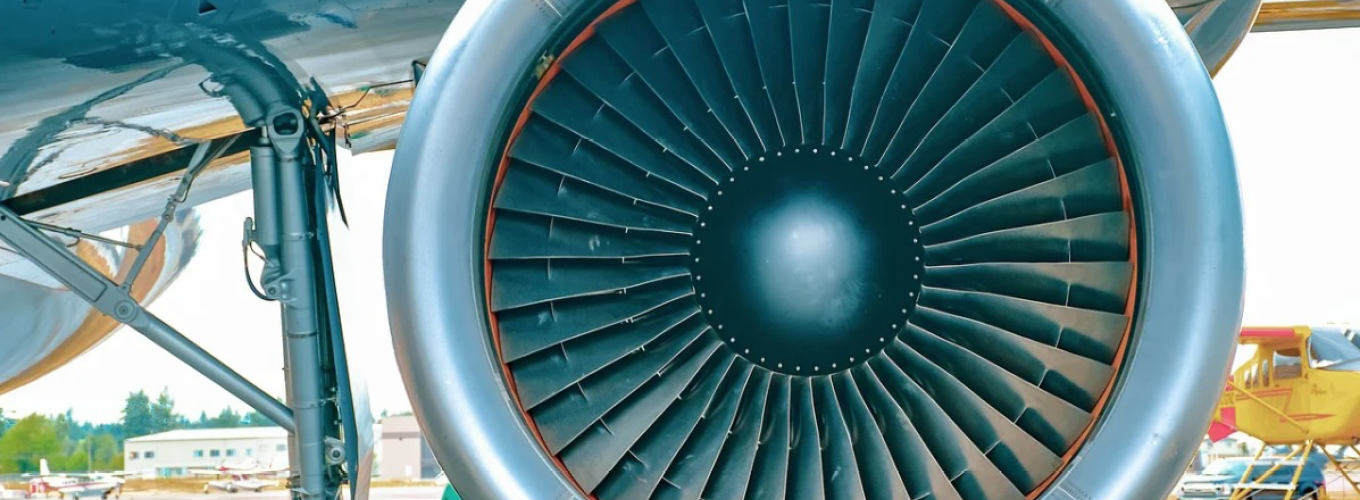The realisation of the need for rare earth permanent magnets in the modern-day world is continuing to grow. More specifically, demand for magnets based on neodymium and praseodymium (NdPr) has soared in recent years.
Why is that?
They are fundamental for the ‘green’ industry to thrive which, as you have most probably noticed, is growing extremely quickly.
These metals are used to make high-strength permanent magnets for green energies such as wind turbines and electric vehicles. As you can imagine, the compulsion for these metals is only going to increase as companies push for a sustainable future and in a bid to take the pressure off climate change.
It is fair to say the main concern for NdPr is the dominance that companies in China have over the supply market. This gives rise to a huge strategic vulnerability for the rest of the world, together with a risk of a tighter supply chain globally and higher prices as demand increases.
However, LCM is looking at ways to diversify and we are part of various European Union-funded projects to secure a sustainable European-only supply chain of rare earth elements (REEs).
Every non-Chinese company in the rare earth industry has very similar concerns. That is why we are partnered with other companies outside of China to build a long-lasting and durable relationship.
For example, the SecREEts (Secure European Critical Rare Earth Elements) project funded by Horizon 2020, will ensure a stable and secure supply of critical rare earth elements based on a sustainable extraction.
Another concern is that even China does not have an endless pot of rare earth elements and one day in the near or far future the supply will be heavily restricted.
In addition to SecREEts, LCM is part of another project named SUSMAGPRO (Sustainable Recovery, Reprocessing and Reuse of Rare-Earth Magnets in a circular Economy).
This project has also received funding from the European Union’s Horizon 2020 Research and Innovation Programme. The aim is to develop a recycling supply chain for rare earth magnets in the EU and to demonstrate these new materials on a pilot scale within a range of application sectors.
This project will identify, separate, recycle and demonstrate recycled magnets at a pilot scale with several highly skilled professionals, based in different locations across the EU. They will target three of the main application sectors including automotive, electronics and wind turbines.
You can find more information on our project page here.

